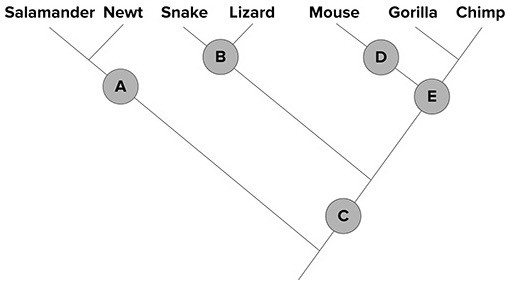Explain the difference between the one-gene?one-enzyme hypothesis and the one-gene?one-polypeptide hypothesis
What will be an ideal response?
A relationship is found between a mutation in a single gene and the loss of production of a single enzyme in a metabolic pathway. However, more than one gene may control each step in a pathway because some enzymes (and some non-enzyme proteins such as hemoglobin) consist of two or more polypeptide chains, each of which is coded for by a different gene. Thus, it is more accurate to use the phrase "one-gene?one-polypeptide."
You might also like to view...
Methylene blue in EMB agar is selective for
A) gram-positives. B) gram-negatives. C) viral plaques. D) both gram-positives and gram-negatives.
Which event endangers far more species than the destruction of a comparable area elsewhere?
a. deforestation of temperate deciduous b. desertification of grasslands c. deforestation of taiga d. desertification of savannah e. deforestation in tropical rainforest biomes
 ©McGraw-Hill EducationA frog should be added to the phylogeny above at point
©McGraw-Hill EducationA frog should be added to the phylogeny above at point
A. A. B. B. C. C. D. D. E. E.
Phil is conducting a seed germination experiment. He places three groups of lettuce seeds in a 34º Celsius incubator with adequate moisture. One set of seeds is placed in a dark area with no light source. A second set is placed under artificial light, and third set of seeds is placed in direct sunlight. This experiment is intended to test Phil's hypothesis that light is necessary for lettuce seed germination.Based on the experimental design, which variable was the control?
A. germination rate B. moisture C. type of light D. temperature E. seeds in the dark